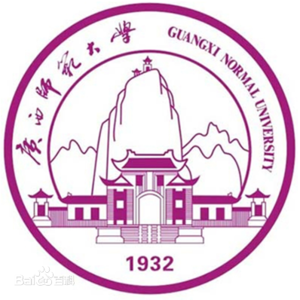

返回


Activity
RESEARCH
Our group conducts theoretical investigations on transition metal-catalyzed reactions, with a central focus on metal–ligand cooperative (MLC) catalysis involving pincer-type complexes. We study key transformations such as CO₂ hydrogenation, acceptorless dehydrogenation, and borrowing hydrogen reactions, aiming to uncover how low-valent metal centers, proton/hydride transfers mediated by ligands, and multisite cooperativity influence catalytic reactivity and selectivity.Using density functional theory (DFT) as the primary tool, we integrate advanced electronic structure analysis methods—including ETS-NOCV, NBO, and EDA—to construct detailed models of metal–ligand interactions. Our research has proposed generalizable mechanistic frameworks that offer new insights into the synergistic roles of metals and ligands, thereby extending the theoretical boundaries of MLC catalysis beyond conventional d⁶ systems.In parallel, we are actively developing data-driven catalyst design strategies. By leveraging high-quality computational datasets and incorporating machine learning techniques (e.g., graph neural networks and ensemble models), we build predictive models for catalytic performance and enable high-throughput virtual screening and inverse catalyst design.
We welcome students interested in computational catalysis, reaction mechanism elucidation, and AI-assisted molecular discovery to join us in advancing the frontiers of green catalysis and intelligent theoretical chemistry.
Group News
2025年8月27日2024年11月2日2024年2月2日http://www.gc.gxnu.edu.cn/2023/1017/c7710a276273/page.htm2023年7月1日2022年10月31日http://www.gc.gxnu.edu.cn/2022/1014/c7710a251464/page.htm2022年10月31日Molecular Catalysis,2022, 530, 112630.2022年10月31日Dalton Transactions, 2022, 51, 16215-162232022年6月29日
Copyright 2019
Computational Chemistry
Website
https://user-assets.sxlcdn.com/images/60067/FitJAZfwBgERyM8OVE5Kq6UirbBC.jpg?imageMogr2/strip/auto-orient/thumbnail/1200x630>/interlace/1/format/jpg